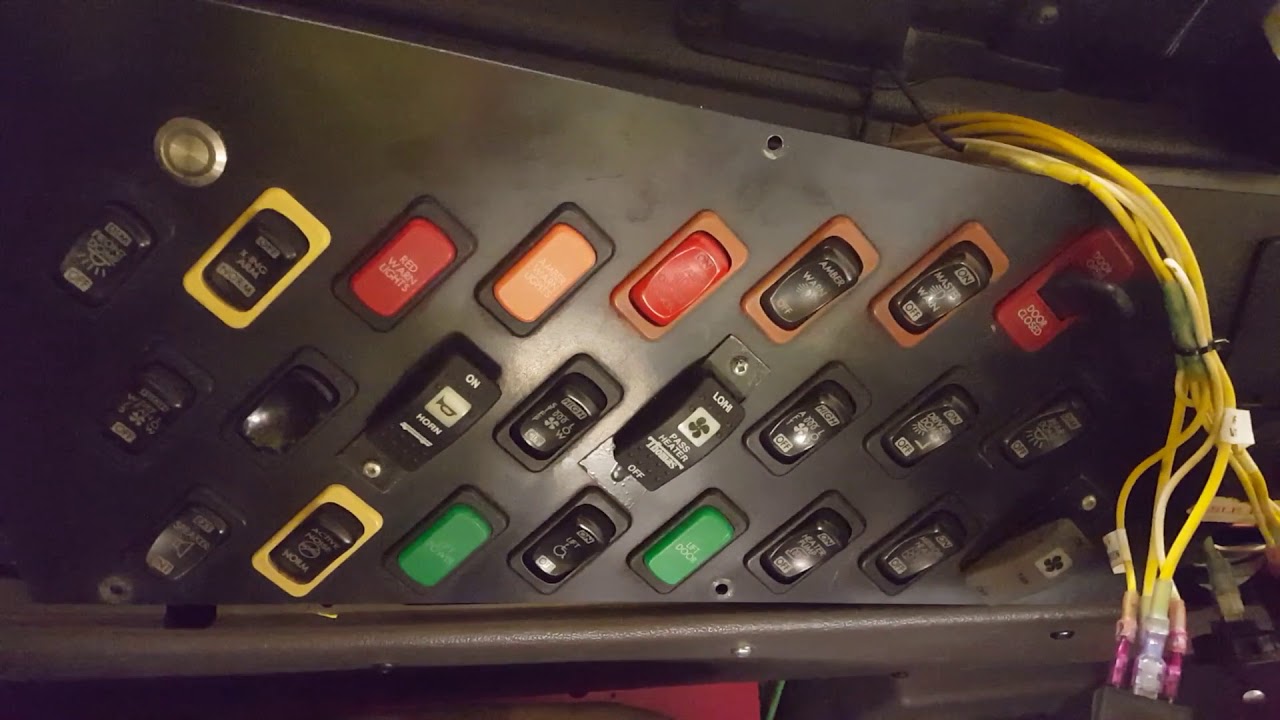In 2005 Thomas bus and Freightliner came up with a new model called the C2 which is a conventional school bus with new technology implementing smart switches and multiplexing to help components and modules communicate faster and more efficiently. The smart switch is a resistor that has it’s own separate resistance reading. When the smart switch is turned on by the driver the computer will read the resistance and activate that circuit i.e. turn on a heater motor on high speed or activate the clearance lights.
Multiplexing allows many signals to go through one circuit saving wiring and creating an information highway made possible by the J1939 twisted pair of wiring that makes communication between components possible. The engine, transmission, anti-lock brakes, instrument panel and body related components sends signals back and forth at lightning speed. The bulkhead module is the central component that does a lot of the inputs and outputs to run the accessories like wipers, head lights, heater motors and every thing else on the body side.
Fortunately there is software to troubleshoot the circuits in the multiplexing system. The software is called Diagnostic Link 8 which shows each circuit and indicates which ones are connecting. Over the years there has been a lot of corrosion issues since most of the wiring and connectors are exposed to the environment. Even ‘environmentally sealed’ connectors are victims of corrosion and have given us grief as well. Starting in 2006 we purchased C2 buses that gave us lots of electrical problems that took a few years but when it happened the man hours tracking down the corroded wires seemed endless.
This caused circuits to activate with the switch key off and even an few engine shut down incidents. The only thing we could do was strip down wiring harnesses and check each and every wire and connector. Most of the time this was the issue so once we experienced this cause and effect we knew what to do and automatically started checking the wiring harness when circuits suddenly had a mind of their own. The front fenders would come off along with a wheel to get in to the frame area and the harness would come apart one inch at a time.
It was ironic that the loom (convoluted plastic) which is supposed to protect the wiring was one of the culprits that contributed to the failures. The harness was stretched so tight and combined with vibration made the loom rub through the wiring insulation. New technology is not perfect and it does fail. I realize the intentions are good to make operations run smoother and faster but when you live in our neck of the woods running buses through our weather and terrain is no match.







